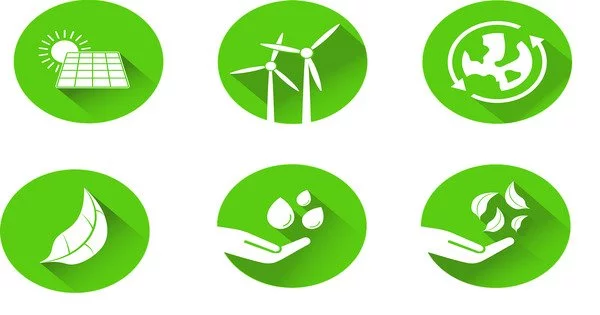A renewable energy source is energy that is sustainable – something that never runs out or is infinite, such as the sun. When the term “alternative energy” is used, it usually refers to renewable energy sources as well. It refers to alternative energy sources to the most commonly used non-sustainable sources, such as coal.
Mr. APJ Abdul Kalam, an internationally recognized scientist and former Indian President, mentioned a critical aspect of humanity’s future energy crisis in a speech at the 90th Science Congress. He stated that the era of wood and biomass is coming to an end. Within the next few decades, the age of oil and natural gas would be over. Massive burning of the world’s coal reserves may lead to a worldwide ecological disaster because coal-burning emits the highest among of carbon in the atmosphere.
The 1986 Chernobyl disaster in Ukraine (then the Soviet Union) demonstrated that nuclear energy can also be dangerous. So, according to Kalam, the only solution humanity can look to in the future is solar energy, which has some advantages over other forms of renewable energy. Now, why has Kalam placed such a high value on the issue of energy?
Throughout history, the source of energy has always been a major factor in change. The world’s petroleum consumption has increased from 3 billion barrels per year in 1930 to 50 billion barrels per year today. The world’s population is expected to be around 8 million in the next quarter-century, which is 30% more than it is today. Developing countries will grow their economies about to continue at 3 percent per year.
Consequently, the global demand for energy will grow at 1.7 percent per year on average. It indicates a 50-percent rise in energy consumption by 2030. If the world’s daily petroleum consumption is 220 million barrels now, it will rise to 335 million barrels by that time. The percent reserve of hydrocarbon energy resources is limited and it will not be sufficient to meet the future energy challenges of the world. And hence, leading industrial countries have taken initiatives to tap alternative energy sources mainly known as green or renewable energy sources. The bottom line of Kalam’s speech indicates the concern of mankind in the 21st century.
As the global population grows, so does the demand for energy to power our homes, businesses, and communities. Renewable energy innovation and expansion are critical to maintaining a sustainable level of energy and protecting our planet from climate change.
Renewable energy sources currently account for 26% of global electricity generation, but the International Energy Agency (IEA) predicts that this figure will rise to 30% by 2024. “This is a watershed moment for renewable energy,” said Fatih Birol, executive director of the International Energy Agency.
















